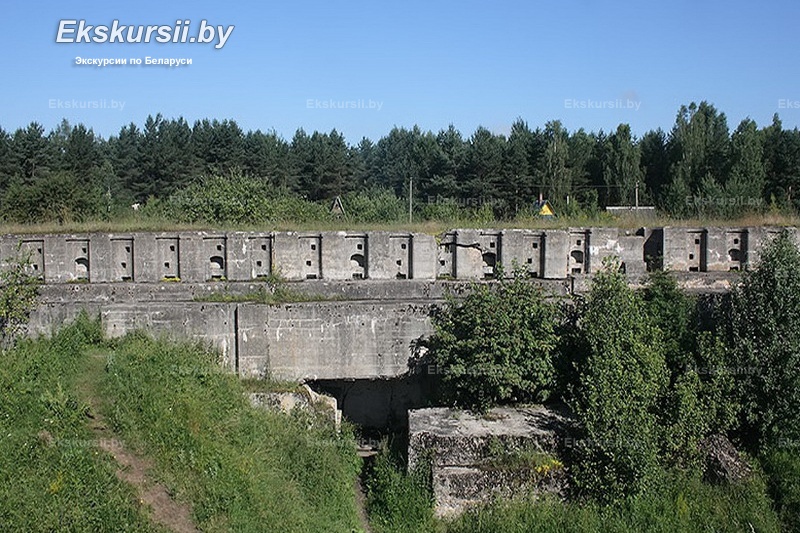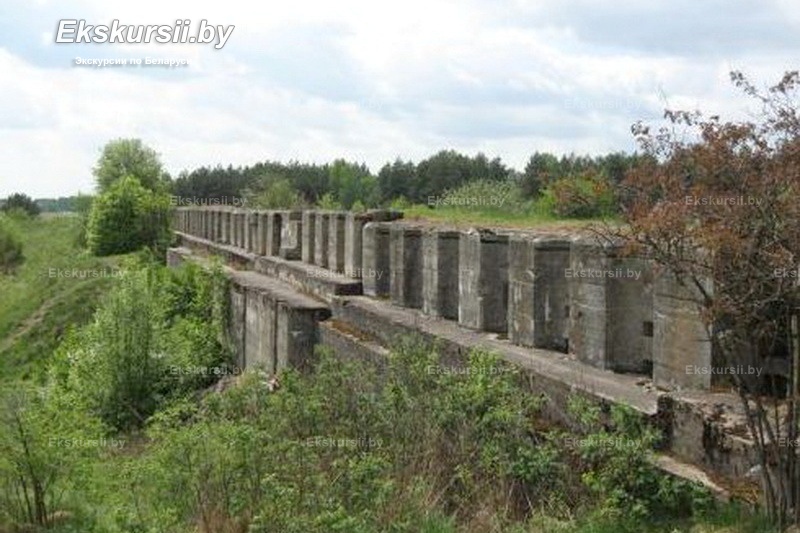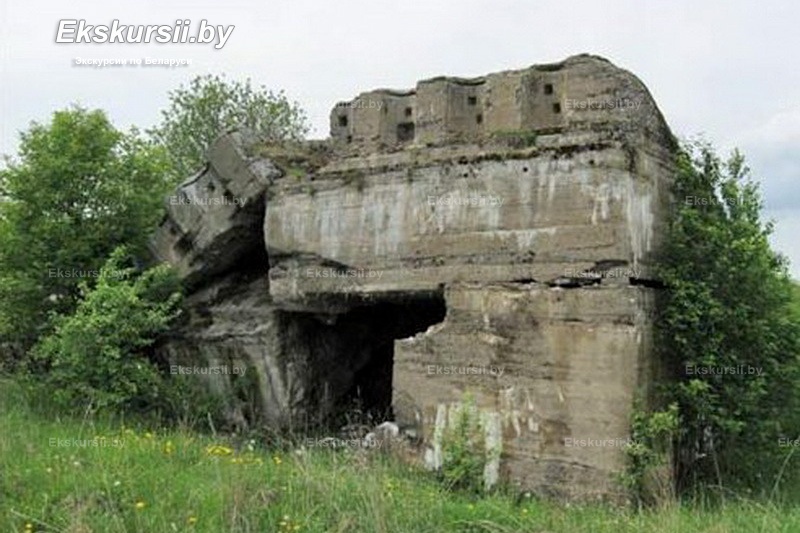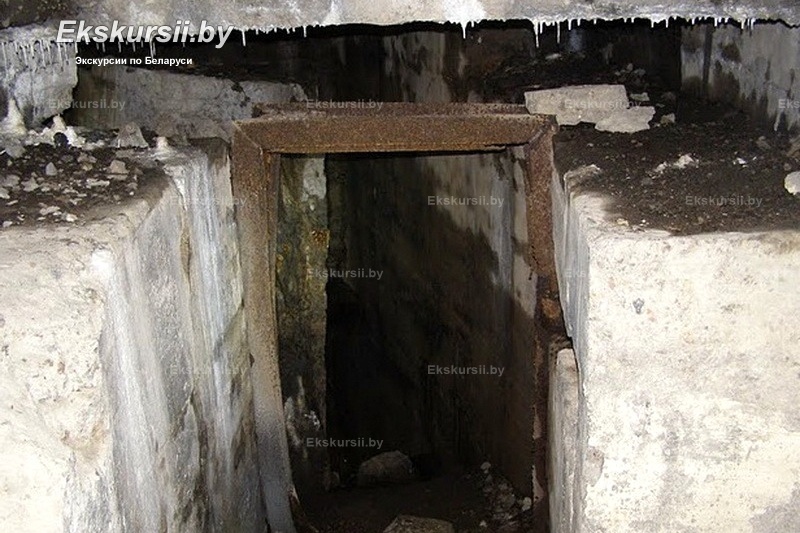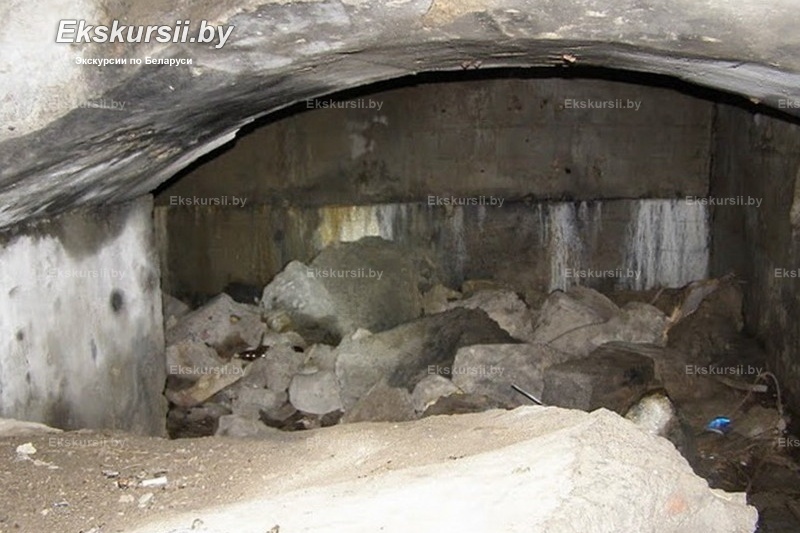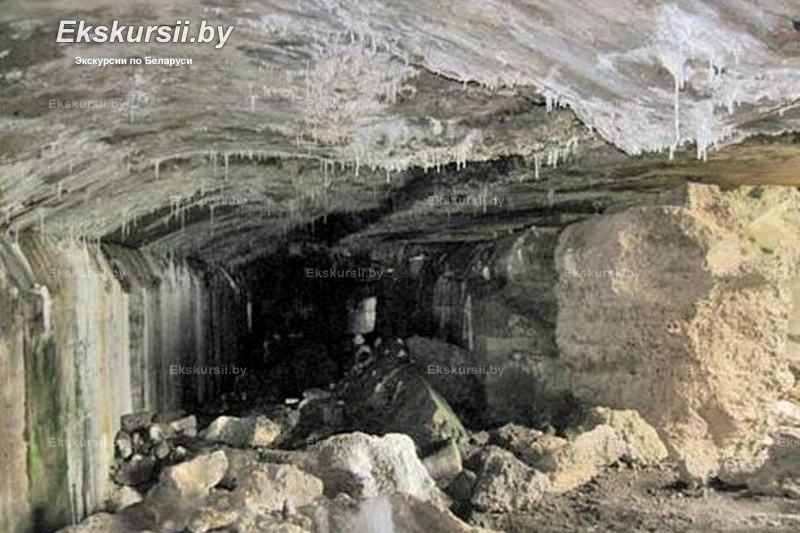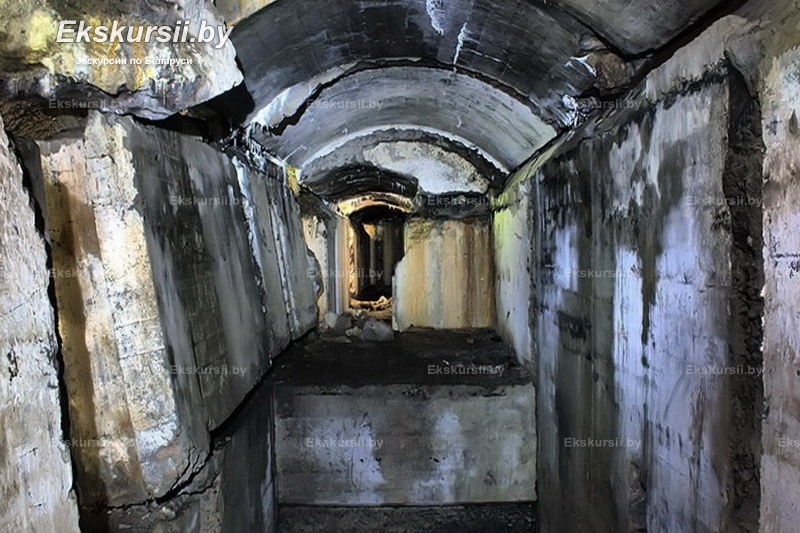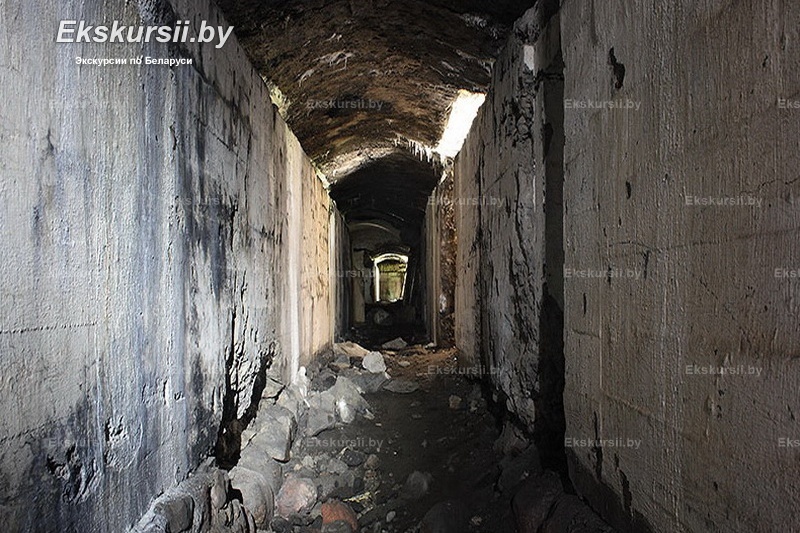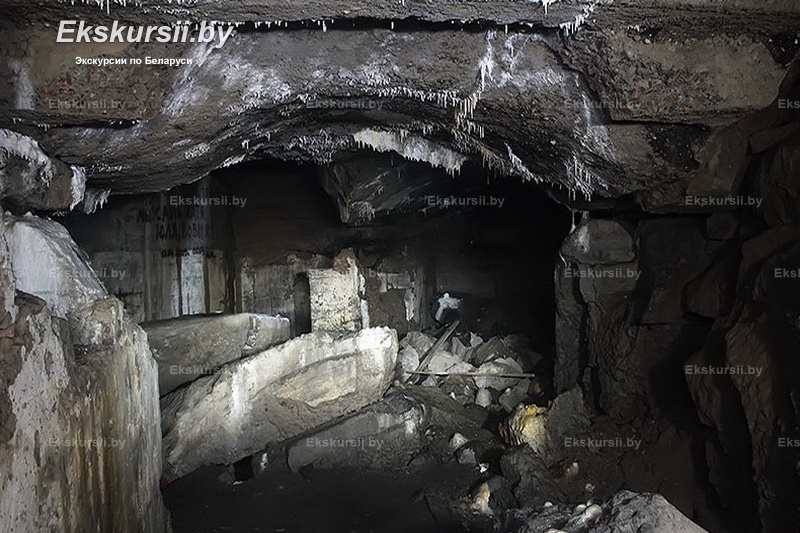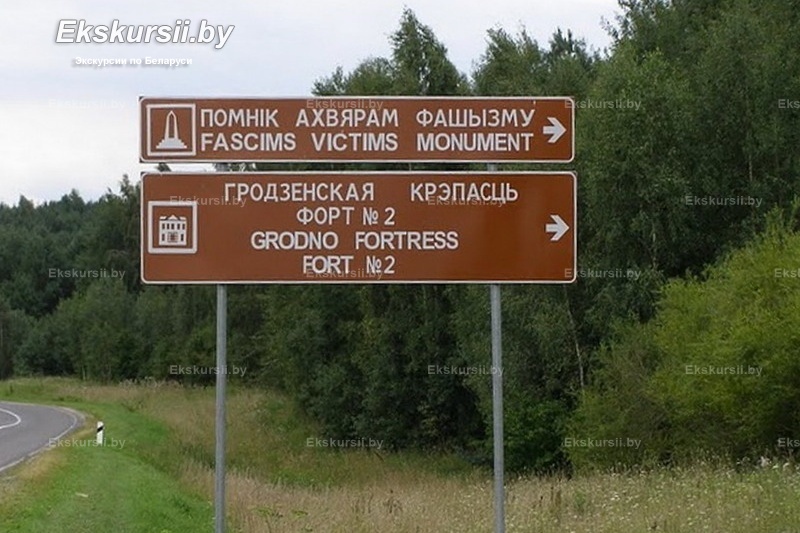- Home
- →
- Attractions
- →
- Fortification №2
Fortification №2
Fort No. 2 is one of the most significant and well-preserved fortification structures of the Grodno Fortress, built at the turn of the 19th–20th centuries. It is located in the western part of the Grodno Region, opposite the village of Naumovichi, near the Augustow Canal and the road to Sopockin. This defensive structure is a typical example of late-imperial military engineering architecture and is now an important historical landmark.
The site is regularly visited by tourists as part of tours around Belarus. Tours with visits to the fort are especially popular among schoolchildren, students, historians, and fans of military architecture. Thanks to its convenient location and transport accessibility, it is possible to book a tour from Minsk.
History of Construction
The idea of building a fortified line around Grodno emerged as early as 1807, but it was not realized until the 1880s, when active planning and construction of the Grodno Fortress began. The fortress was intended to serve as a strategic stronghold on the western borders of the Russian Empire. The project included the construction of 13 forts, each located on strategically advantageous heights around the city.
Fort No. 2 was built to withstand a prolonged siege. The construction was supervised by both military and civilian engineers. During World War I, the fortifications were further modernized, especially in anticipation of the German army's advance. In August 1915, as Russian troops retreated, the fort was blown up to prevent it from being captured.
During World War II, the fort became the site of tragic events: from 1941 to 1943, mass executions of civilians were carried out here by the Nazis. After the war, a memorial to the victims of fascism was erected at the execution site — a sculpture titled “Grieving Mother,” symbolizing the collective pain of the Belarusian people.
Architecture of the Fort
Fort No. 2 was built according to the principles of late-imperial fortification with an emphasis on strong defense. The central façade of the structure reached 150 meters in length, and the walls were about 2 meters thick, made of concrete with brick masonry. The main structure was hidden beneath earthen embankments, providing protection from artillery shelling and camouflage in the landscape.
From the front side, the fort resembled a fortified platform with concrete stairs leading to the defense line. The inner courtyards of the fort were surrounded by earthen ramparts and rings of barbed wire. Between 1939 and 1941, the fort was integrated into the Grodno Fortified Region and adapted to meet the needs of the 9th machine gun and artillery battalion. Firing embrasures, storage facilities, and artillery casemates were located here.
Despite partial destruction, many architectural elements have survived to this day, and during tours with fort inspection, visitors can see century-old engineering solutions with their own eyes.
Tours with Fort Inspection
Fort No. 2 is one of the key sites included in tours around Belarus, particularly in the Grodno Region. Tours are organized for both groups and individual travelers. The itinerary includes a walk through the inner courtyard of the fort, a walk along the earthen ramparts, a visit to the memorial to the victims of fascism, and a guided story about the historical events related to both world wars.
You can book a tour with a visit to Fort No. 2 on our website. Bus tours from Minsk are available — they usually include not only the fort but also other attractions of the Grodno region: the Augustow Canal, the Church of the Ascension of the Virgin Mary in Sopockin, the Old Castle, and the New Castle.
Guides talk about the fort’s defense tactics, the fate of the soldiers who fought there, and the civilians who became victims of war. This makes a visit to the fort not just a walk, but a true open-air history lesson.
Individual and corporate excursions - Fortification №2
-
Augustow Canal
- Dates on request
- Duration: 14 hours
- other services
- certified guide services
- transport services


